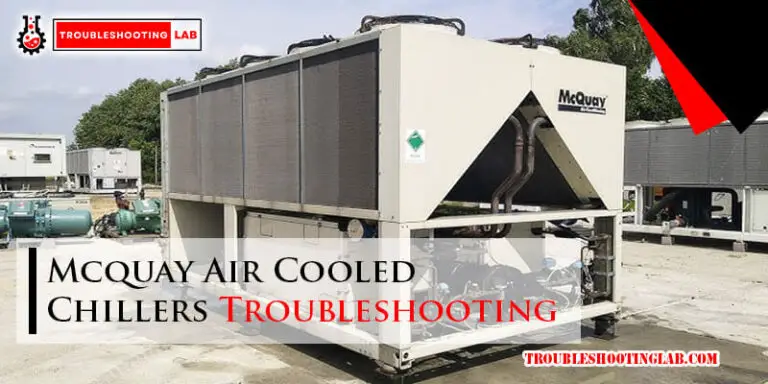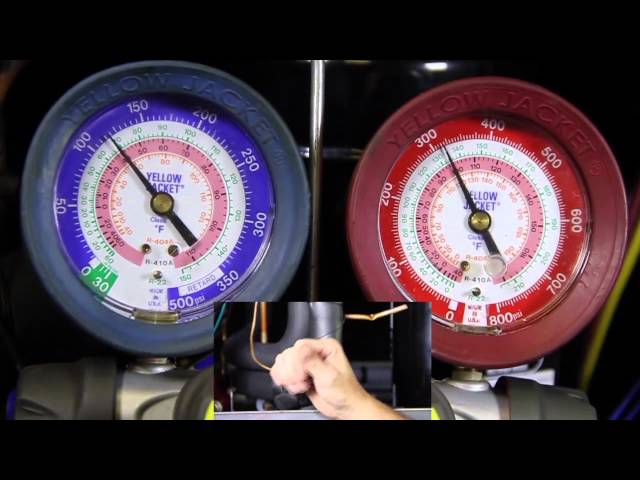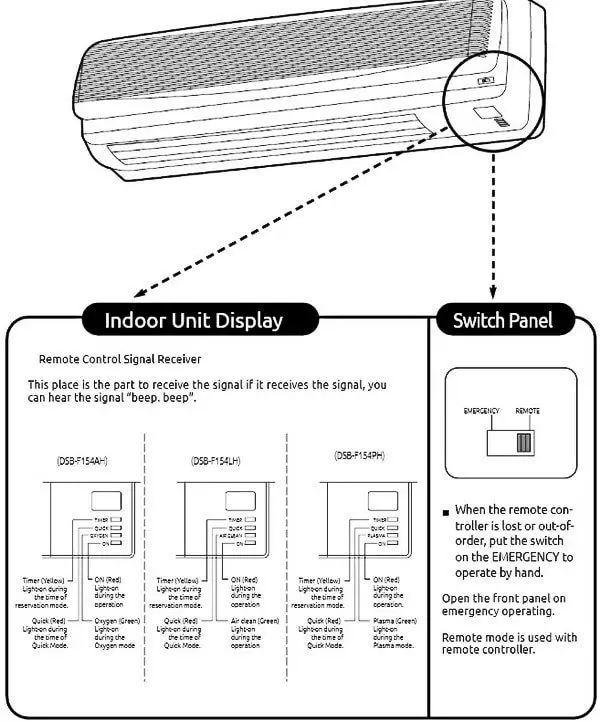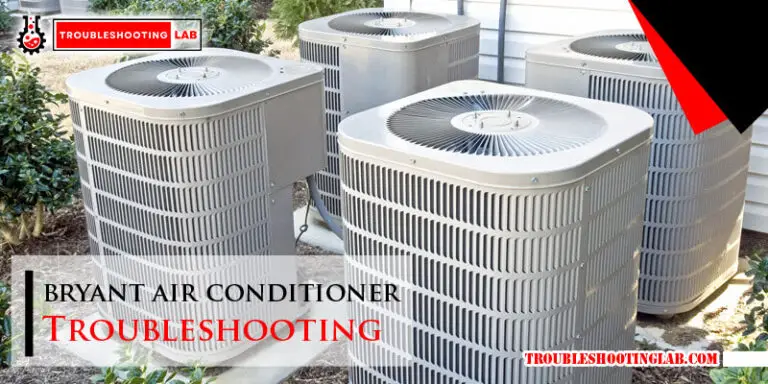Duraflame Heater Manual Troubleshooting: Quick Fix Guide
Struggling with your Duraflame heater? You’re not alone.
When your heater acts up, it can leave you frustrated and searching for answers—especially on chilly days when you need it most. The good news? Many common issues can be solved quickly with a little troubleshooting. Whether your heater won’t turn on, isn’t producing enough heat, or is making strange noises, this guide will walk you through simple, step-by-step solutions.
By the time you’re done reading, you’ll feel confident handling these problems like a pro. Ready to bring the warmth back into your home? Let’s get started!
Common Issues With Duraflame Heaters
Duraflame heaters are reliable, but occasional problems can occur. Troubleshooting these issues at home can save you time and effort. Below are common issues and practical solutions to get your heater working efficiently.
Heater Not Turning On
A Duraflame heater not turning on can feel frustrating. First, check if the power cord is plugged in securely. Confirm the outlet is working by testing another device. Inspect the power switch and ensure it’s in the “On” position. If the heater still doesn’t respond, the internal fuse may need replacement.
Insufficient Heat Output
If the heater isn’t warming your space, start by cleaning the vents. Dust and debris can block airflow, reducing heat output. Check if the thermostat is set correctly. Ensure the room size matches the heater’s capacity. A smaller heater may struggle to warm large areas.
Strange Noises During Operation
Unusual sounds can indicate loose parts or debris inside the heater. Turn off the heater and unplug it. Inspect the unit for any visible obstructions. Tighten any loose screws or components. Persistent noises may require professional servicing.
Overheating Problems
Overheating is a safety concern. Ensure the heater is placed on a flat, stable surface. Check for blocked vents or restricted airflow. Clean the vents regularly to prevent overheating. If the heater shuts off frequently, the internal thermostat may be malfunctioning.

Credit: www.pinterest.com
Safety Precautions To Follow
When troubleshooting your Duraflame heater, safety should always be your top priority. A small mistake, like placing the heater too close to flammable objects or neglecting its maintenance, can lead to serious hazards. By following simple safety precautions, you can keep your heater running smoothly while ensuring the safety of your home and loved ones.
Avoid Overloading Electrical Circuits
Plugging your Duraflame heater into an overloaded circuit is a recipe for trouble. It may trip your breaker or even cause electrical fires. To avoid this, always ensure the heater has its own dedicated outlet.
If you’re unsure whether your circuit can handle the load, check the amperage of your heater and compare it to the circuit’s capacity. Using a power strip might seem convenient, but it’s safer to plug the heater directly into the wall. Are you sure your home’s electrical system is up to the task?
Proper Placement Of The Heater
Where you place your heater matters more than you think. Keep it at least three feet away from anything flammable, like curtains, furniture, or bedding. Never place it near water sources like sinks or bathtubs.
Make sure the heater sits on a flat, stable surface to prevent tipping. If you have kids or pets, consider placing it somewhere out of their reach. Wouldn’t you feel more at ease knowing your heater is positioned safely?
Cleaning And Maintenance Guidelines
A dusty heater is not just an eyesore—it can become a fire hazard. Regular cleaning helps ensure the heater runs efficiently and safely. Unplug the heater before cleaning and use a dry cloth or soft brush to remove dust from vents and surfaces.
Inspect the cord for damage. Frayed wires or cracks can lead to electrical shock or short circuits. If you spot any issues, stop using the heater until they’re fixed. Do you have a cleaning schedule for your heater, or is it time to start one?
By paying attention to these details, you extend the life of your Duraflame heater and reduce risks. Isn’t peace of mind worth a little extra effort?
Quick Fixes For Power Issues
Is your Duraflame heater giving you trouble powering on? It’s frustrating when a heater refuses to work, especially on a cold day. The good news is that most power-related issues can be fixed quickly with a few simple steps. Let’s walk through the solutions together and get your heater running in no time.
Checking Power Supply And Outlet
Start with the basics: is your heater plugged in? It’s easy to overlook, but a loose connection can stop your heater from getting power. Ensure the plug is firmly inserted into the outlet.
Next, test the outlet itself. Plug another device, like a lamp or phone charger, into the same outlet. If it doesn’t work, the issue might be with the outlet, not your heater. Try a different outlet, preferably on a different circuit, to rule out electrical issues in your home.
Also, check if your home’s circuit breaker has tripped. If so, reset it and see if the heater powers on.
Resetting The Heater
Sometimes, a simple reset can solve mysterious power problems. First, turn your Duraflame heater off and unplug it from the outlet. Let it sit for about 10-15 minutes to cool down and reset internally.
After the wait, plug it back in and switch it on. Did it power up? If yes, it might have overheated earlier or encountered a temporary glitch. If not, there could be a deeper issue to investigate.
Check your user manual for specific reset instructions, as some models have a reset button or require a specific procedure.
Inspecting The Power Cord
Look at the power cord closely. Is it damaged, frayed, or bent sharply? A damaged cord can disrupt the power flow and even pose a safety hazard. Stop using the heater immediately if you notice any damage.
If the cord looks fine but the heater still won’t turn on, gently wiggle the cord while plugged in to see if there’s a loose connection. If the heater flickers on and off, the cord may need professional repair or replacement.
Don’t attempt to use a faulty cord. It’s safer to contact the manufacturer or a certified electrician to address cord-related issues.
These quick checks often resolve most power issues. Which step worked for you? Or is your heater still acting up? Let us know in the comments—we’d love to help you troubleshoot further!
Resolving Heat Output Problems
Is your Duraflame heater running but not producing enough heat? Don’t worry—you’re not alone. Heat output problems are common, but they’re often easy to fix with a little troubleshooting. Let’s walk through some practical steps to get your heater working efficiently again.
Adjusting The Thermostat
Sometimes, the issue is as simple as the thermostat setting. Double-check the temperature you’ve set on your Duraflame heater. Is it set too low? If so, increase the temperature gradually and see if it starts producing more heat.
Also, take note of your room’s current temperature. If the room is already close to the set temperature, the heater might not output additional heat. Try setting the thermostat slightly higher than the room temperature and observe if the heat output improves.
Still nothing? Ensure the thermostat knob or digital display is functioning properly. If it feels stuck or doesn’t respond, it might need recalibration or a professional repair.
Cleaning The Air Vents
Blocked air vents can choke your heater’s performance. Dust, pet hair, and debris can accumulate over time, reducing airflow and heat output. Take a close look at the heater’s air vents—are they dusty or clogged?
Use a soft brush or a vacuum cleaner with a brush attachment to clean the vents. Be gentle to avoid damaging the grill or internal components. Make it a habit to clean the vents regularly, especially during heavy use in colder months.
If you’ve cleaned the vents and the heater still struggles, consider checking for internal blockages. Disconnect the heater, open it carefully (if the manual allows), and clean any visible dust buildup inside.
Replacing Faulty Heating Elements
When the heating elements in your Duraflame heater wear out, the heat output will drop significantly—or stop entirely. If you suspect a faulty element, start by consulting the user manual to identify the heater’s specific part layout.
Switch off the heater and unplug it before examining the heating elements. Look for visible signs of damage, such as broken wires or burned-out components. If you find any, you’ll need to replace the element.
Replacement parts are often available online or through the manufacturer. Follow the manual’s step-by-step guide for installation. If you’re unsure, hiring a professional technician can save time and ensure safety.
Have you faced heat output issues with your Duraflame heater? What worked for you? Share your experience in the comments and help others tackle similar problems with confidence!
Dealing With Noise Complaints
Duraflame heaters are popular for their efficiency and quiet operation. Sometimes, unusual noises might disrupt the comfort they provide. These sounds can stem from minor issues that are easy to fix. Regular maintenance often prevents such problems. If your heater makes noise, simple troubleshooting can restore its peaceful performance.
Tightening Loose Components
Loose screws or parts can cause rattling noises. Inspect all visible screws and panels on your heater. Use a screwdriver to tighten them securely. Pay attention to areas around the fan and motor. Loose components can vibrate during operation, creating unnecessary sounds. Securing them reduces noise and improves stability.
Lubricating Moving Parts
Dry or worn moving parts can produce squeaking or grinding sounds. Focus on areas such as the fan blades or motor bearings. Apply a small amount of lubricant to ensure smooth operation. Choose a non-toxic, heat-resistant lubricant for safety. Avoid over-lubricating, as excess oil can attract dust. Proper lubrication minimizes wear and prolongs the heater’s life.
Identifying Internal Obstructions
Internal obstructions can block airflow or cause unusual sounds. Turn off the heater and unplug it for safety. Check inside for debris or foreign objects near the fan or heating elements. Carefully remove any obstructions using a soft brush or cloth. Keeping the internal components clear ensures quiet and efficient performance.
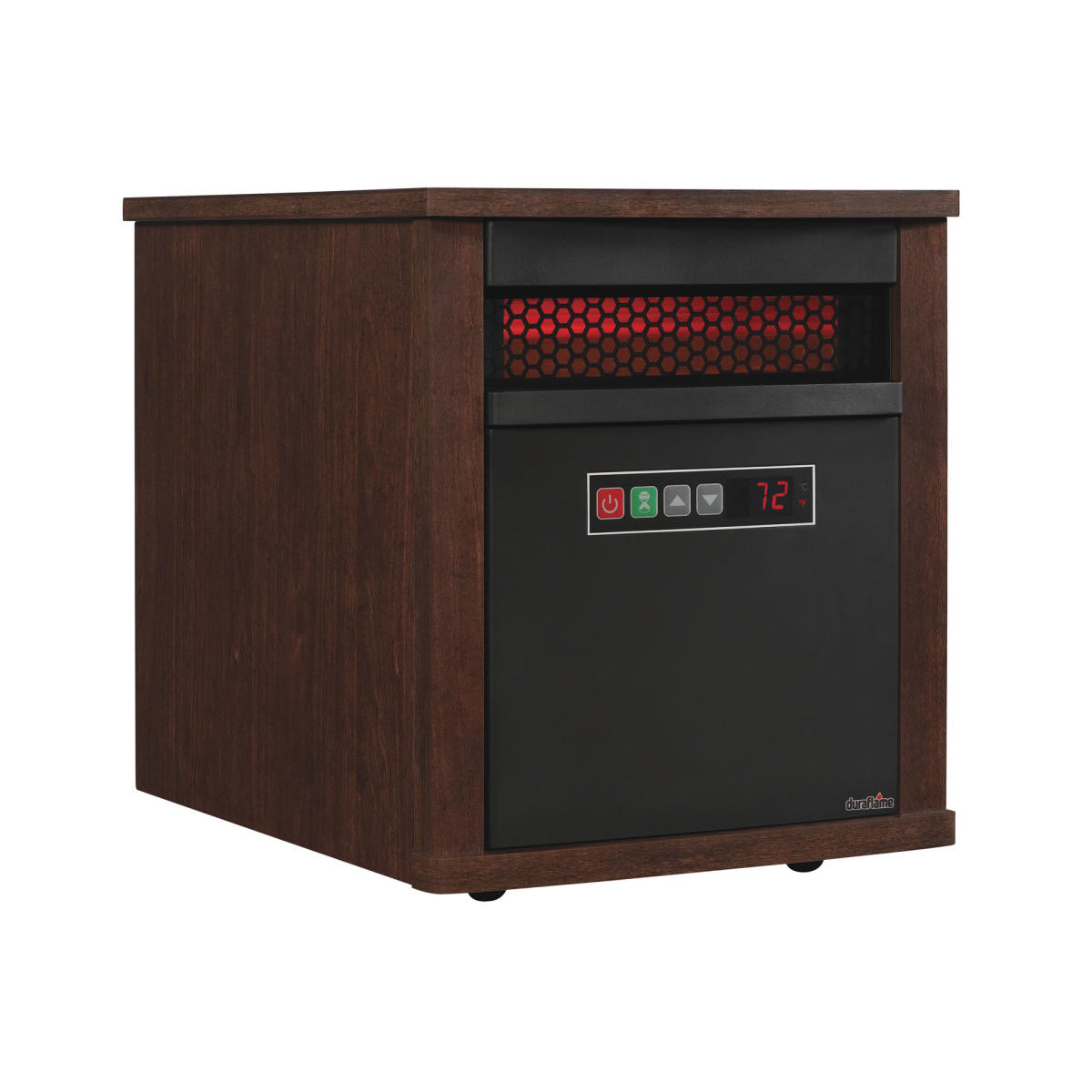
Credit: twinstarhome.com
Troubleshooting Overheating
Overheating issues with your Duraflame heater can be frustrating and even concerning. But don’t worry—most of the time, the problem is easy to identify and fix. By taking a few simple steps, you can ensure your heater runs safely and efficiently, giving you the warmth you need without any stress.
Checking For Blocked Airflow
Your heater needs unobstructed airflow to function properly. Dust, pet hair, or even furniture placed too close can block the vents, causing the unit to overheat. Inspect the air intake and exhaust vents regularly, and clean them with a soft cloth or vacuum if you notice any buildup.
Keep at least three feet of space around the heater for proper airflow. Do you have kids or pets in the house? Make sure they aren’t unknowingly placing toys or other objects near the unit. A quick inspection can save you from bigger headaches.
Ensuring Proper Room Ventilation
A poorly ventilated room can trap heat, which might make your heater overheat faster than expected. Open a door or window slightly to allow fresh air to circulate. This simple step can make a big difference in maintaining the heater’s performance.
If you’re using the heater in a small, enclosed space, try moving it to a larger room. Heaters are designed for specific room sizes, and placing them in a tight area can lead to unnecessary strain. Check the manual for room size recommendations to ensure you’re not overworking the unit.
Resetting The Overheat Protection
Duraflame heaters come equipped with an overheat protection feature that automatically shuts the unit off if it gets too hot. If your heater has turned off unexpectedly, you may need to reset this safety mechanism. Start by unplugging the unit and letting it cool down completely—about 10-15 minutes should do the trick.
Once it’s cool, plug it back in and turn it on. Still not working? Check the manual to locate the reset button, usually found near the power cord or control panel. Press it gently, and your heater should be back in action.
Troubleshooting doesn’t have to be overwhelming. With a little patience and attention to detail, you can keep your Duraflame heater running smoothly all winter long. What’s the first thing you’re going to check today?
When To Seek Professional Help
Duraflame heaters are reliable, but issues may arise over time. Some problems can be fixed using the manual, while others require expert help. Knowing when professional assistance is necessary can save time and prevent further damage. This section covers situations where a technician is essential for repair.
Identifying Complex Electrical Issues
Electrical problems can be dangerous without proper expertise. Flickering lights or frequent power outages may signal wiring issues. If the heater trips your circuit breaker repeatedly, it could indicate a serious electrical fault. Diagnosing these issues often requires professional tools and knowledge. Avoid attempting repairs if you’re unfamiliar with electrical systems.
Repairing Internal Components
Internal parts like motors and heating coils are difficult to fix. Disassembling the heater without proper tools can lead to more damage. Faulty components may affect performance and safety. Professionals have the skills to repair or replace these parts correctly. Attempting to fix them yourself may void the warranty.
Warranty And Customer Support Options
Check your heater’s warranty before seeking outside help. Most warranties cover manufacturing defects but exclude user-caused damage. Contact Duraflame’s customer support to understand your coverage. Support representatives can guide you to authorized service centers. Using unauthorized repair services may invalidate your warranty.
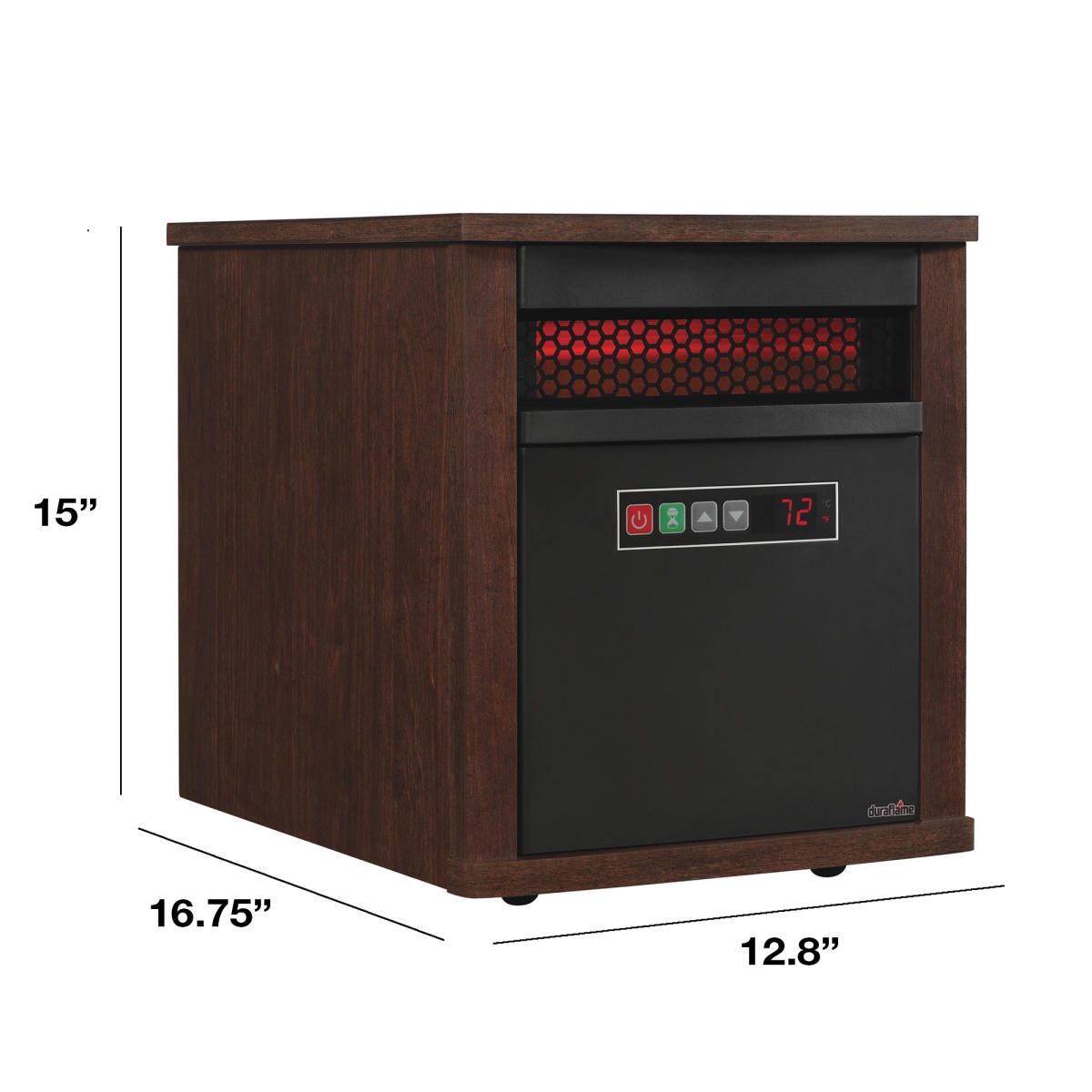
Credit: twinstarhome.com
Conclusion
Troubleshooting your Duraflame heater doesn’t have to be overwhelming. Follow the steps in the manual carefully to address common problems. Regular maintenance ensures your heater works efficiently and lasts longer. Always check connections, settings, and parts before seeking professional help.
A little attention can prevent bigger issues down the line. Stay proactive and keep your heater in top condition for a cozy home. With these tips, you can handle most issues with ease. For persistent problems, contacting customer support is always a wise choice.


